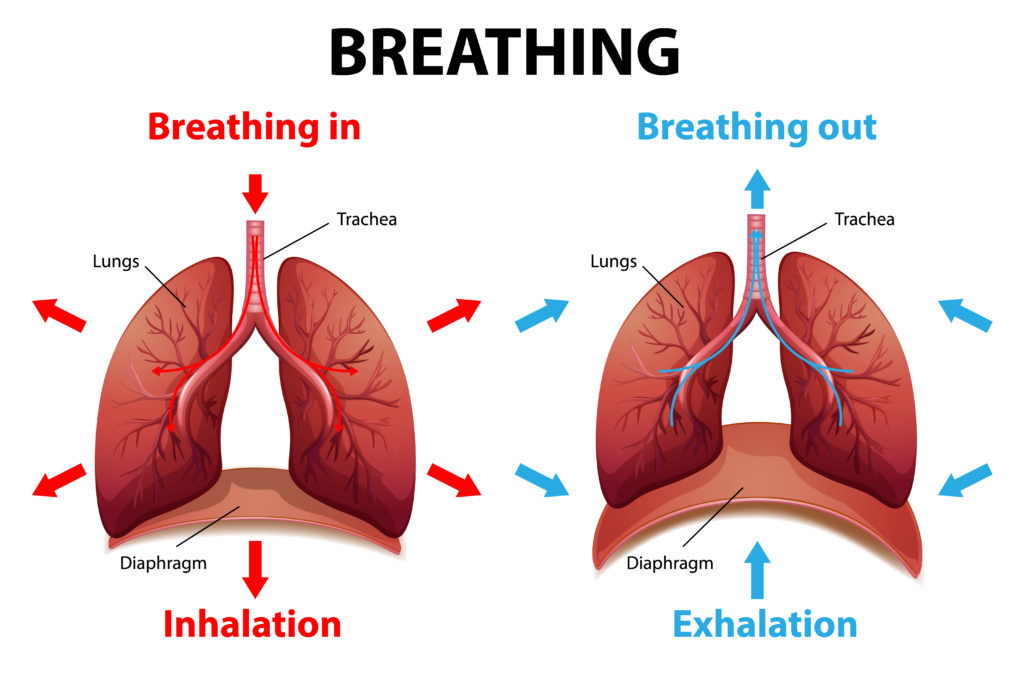I have spent quite a bit of this week talking to students about their sound quality and in particular their vibrato! Vibrato has an interesting history as it is only since the invention of the Boehm flute that vibrato has become something we expect to hear in every flautists sounds. Prior to this, vibrato was used as an ornament, specifically on long notes and also to mark a high point in a phrase. Before going on let’s discuss what vibrato actually is.
What is vibrato?
Vibrato simply means vibrate and that is what we are doing with the sound. It is simply a rapid but slight pulsating change in the pitch. Vibrato is a combination of this fluctuation in tone but also a rise and fall in volume. It is important that you remember vibrato is something that should be within your sound and not something that is stuck on top of the sound! Vibrato can be utilized by instrumentalists and singers alike. We often use vibrato to help us add expression to a piece of music!
How does vibrato work?
Vibrato is often referred to as something a performer should naturally feel. However, for most of us, vibrato is something we need to practice!
Typically, the way vibrato is produced on the flute is by pulsing the sound with more or less pressure in breath. There are a few different ways to do this:
- Moving the lips/jaw by alternating between relaxing and compressing
- Opening and closing the throat
- Using the larynx – more commonly referred to as the voice box. It is an organ at the top of the neck and is strongly involved in breathing.
- Using the diaphragm – the diaphragm is an upward curved muscle that seperates the chest from the abdominal cavities. When we breathe in the muscle pulls down and the volume of the chest cavity increases. We cannot directly activate the diaphragm but by using our abdominal muscles we can use it!
The most common method for vibrato is a combination of using the larynx and diaphragm. The other methods, although they work, can cause unnecessary tension in the body, making it harder to produce a relaxed tone.

How can you learn how to produce vibrato?
In order to produce a strong vibrato, it is important to first be able to play a strong clean sound that has no fluctuations in pitch. This is much harder than you will expect – give it a go! In order to produce a clean sound it is important to keep the air stream strong and steady as well as keeping the abdominal muscles pulled in to support this sound.
Once you feel confident with a straight and clean note, we can move onto engaging the diaphragm. Say ‘Ha, Ha, Ha’ whilst placing your hand on your abdomen. This should feel quite forceful and you should feel your abdomen moving.
Take away the voice now and whisper but with the same intensity of movement!
And now you’ve guessed it, try this whilst playing a G! We choose G as it is the easiest note to hold on the flute with one hand whilst your right hand is placed on your abdomen!
Once you feel confident with this, try holding the flute with both hands and engage the abdomen in the same way without touching it with your hand.
From here we can gradually increase vibrations on the notes. Start with 4 crotchet pulses, then 8 quaver pulses, then 12 triplet pulses, 16 semiquaver pulses etc.
This will take time to build up so take your time with this and you will gradually see an improvement.
Key points you need before adding vibrato to your sound
- A strong and supported air stream
- A focused sound throughout all the ranges of the instrument
- A strong embouchure, ensuring the aperture in the lips is the perfect size, not too big and not too small! No tension here please!
- A strong posture, to assist in good support. This should also include having the lip plate placed accurately just below the bottom lip.
If the basic set up is strong, vibrato will be much easier to learn!
Where can I learn more about vibrato?
There are few different places where you can learn a little more about vibrato.
- Trevor Wye’s Practice Books for flute – specifically the book Intonation and Vibrato! This book contains excellent exercises and also detailed descriptions of exactly what you should be doing.
- James Galways’s The Flute – this book gives a very clear description of what vibrato is and how to have much more conscious control over it.
- Williams Bennett’s Mastering the flute – this book also gives a detailed description of what vibrato is and gives some short exercises to try.
Let me know in the comments how you get on with your vibrato practice and if you have any more tips let me know in the comments!
Want to learn more about the flute, check out my flute articles and resources.
- Learn how to warm up properly before each practice session
- Get the perfect vibrato



